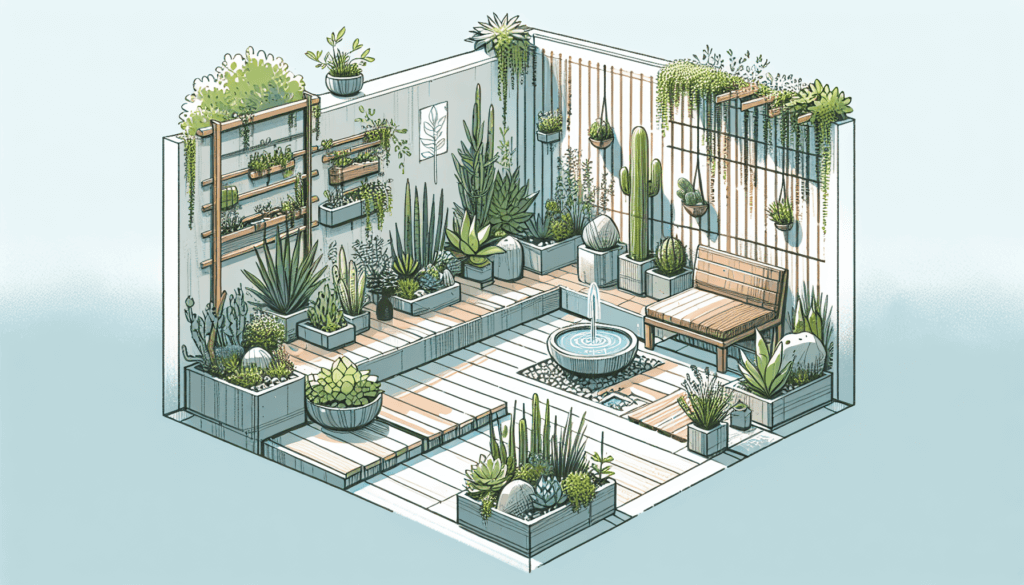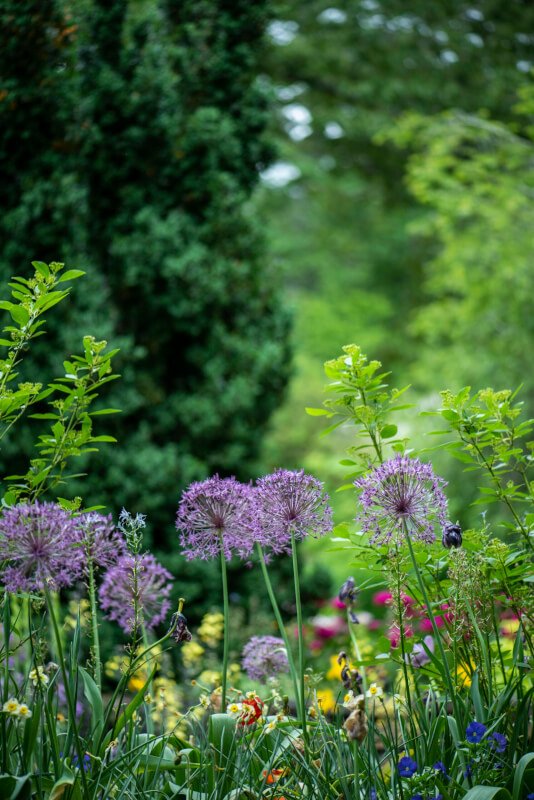Imagine turning your urban space into a calming oasis where you can escape the hustle and bustle of daily life. With these urban gardening tips, you can create a relaxing meditation garden right in the heart of the city. From choosing the right plants to creating a serene atmosphere, this article will guide you on how to transform your outdoor space into a sanctuary of tranquility. So put on your gardening gloves and get ready to create a soothing retreat that will rejuvenate your mind, body, and soul.
Choosing the Right Location
Consider the sunlight
When choosing a location for your meditation garden, it’s important to consider the sunlight. Look for an area that receives ample sunlight throughout the day, as this will be beneficial for the growth of your plants. Plants need sunlight to photosynthesize and thrive, so finding a spot that offers at least six hours of direct sunlight is ideal.
Take into account the noise and privacy
Another aspect to consider when selecting a location for your meditation garden is the noise level and privacy. You want to create a peaceful and tranquil space where you can escape from the hustle and bustle of urban life. Choose a spot in your garden that is away from main roads or loud neighbors to minimize noise disruptions. Additionally, consider adding tall plants, trellises, or privacy screens to create a sense of seclusion and privacy.
Evaluate the space available
The size of your meditation garden will depend on the available space you have. Take a look at your outdoor area and assess how much space you can allocate for your garden. It’s essential to ensure that there is enough room for seating areas, pathways, and the plants you wish to incorporate. Keep in mind that it’s better to have a smaller, well-designed garden than a cramped and cluttered one.
Planning the Design
Create a focal point
A focal point in your meditation garden will draw the eye and create a sense of balance and harmony. This can be achieved through various elements such as a beautiful statue, an ornate bench, or a mesmerizing water feature. Choose a focal point that resonates with you and reflects your personal style and preferences.
Incorporate seating areas
Comfortable seating areas are essential in a meditation garden as they provide a space for relaxation and reflection. Consider adding a bench, hammock, or comfortable chairs where you can sit and enjoy the serenity of your garden. Opt for materials that are weather-resistant and comfortable, allowing you to fully immerse yourself in the atmosphere of your meditation garden.
Consider the color scheme
Choosing a color scheme for your meditation garden can greatly impact its overall ambiance. Soft, soothing colors such as pastels or cool tones like blues and greens can create a calming and peaceful atmosphere. Consider using plants and flowers in these shades, as well as incorporating accents like cushions, lanterns, or decorative ornaments that align with your chosen color palette.
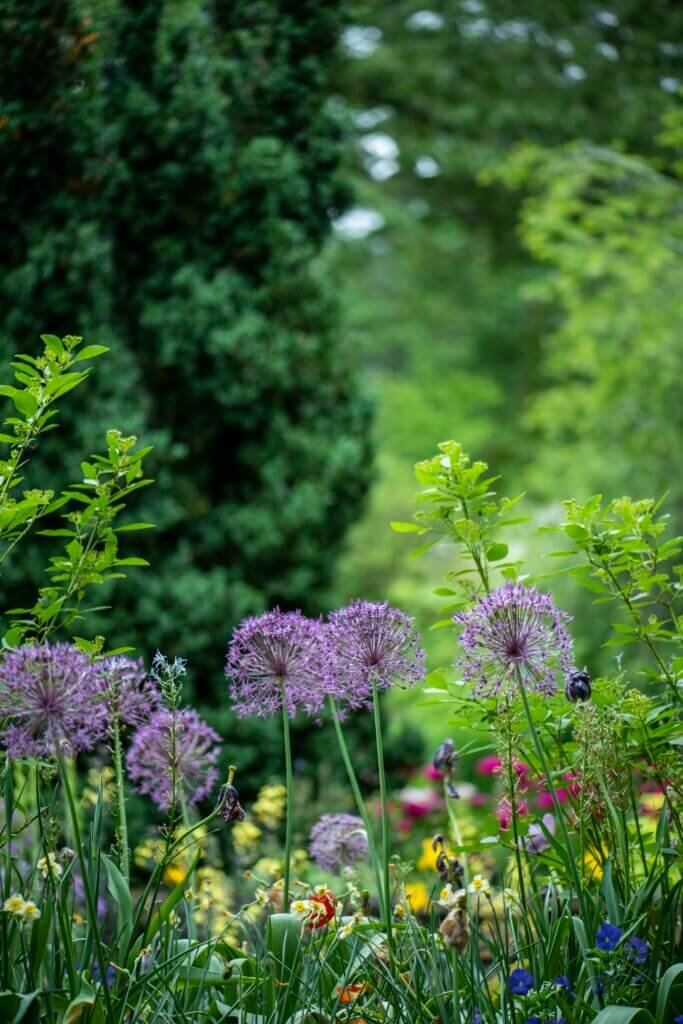
Selecting the Plants
Choose low-maintenance plants
When selecting plants for your meditation garden, it’s important to choose ones that are low-maintenance. You want to create a tranquil space that doesn’t require constant upkeep and attention. Opt for plants that are drought-tolerant and can thrive in your specific climate. Succulents, lavender, and ornamental grasses are great options that require minimal water and care.
Include fragrant plants
Fragrant plants can add another layer of sensory experience to your meditation garden. The soothing scents of flowers and herbs can help calm the mind and enhance relaxation. Consider incorporating fragrant plants like jasmine, lavender, rosemary, or honeysuckle. Place them strategically throughout your garden, so their scents can be enjoyed as you move around the space.
Opt for plants with calming qualities
Certain plants are known for their calming qualities and can help promote a sense of tranquility in your meditation garden. Chamomile, valerian, and lemon balm are known for their calming properties and can be soothing when inhaled or touched. Including these plants in your garden can enhance the overall meditative experience and help you achieve a state of relaxation.
Implementing Water Features
Incorporate a small fountain
The sound of flowing water can create a serene and peaceful atmosphere in your meditation garden. Consider incorporating a small fountain or water feature that suits the size and style of your garden. The gentle trickling sound of water can help drown out unwanted noises and provide a soothing background for meditation or reflection.
Add a birdbath or pond
A birdbath or pond can serve as a focal point in your meditation garden while also attracting wildlife. The sight of birds bathing or drinking water can be incredibly calming and enjoyable to observe. Choose a birdbath or pond that complements the design of your garden and ensure that it is maintained properly to provide a clean and inviting water source for feathered visitors.
Install a rainwater harvesting system
Installing a rainwater harvesting system in your meditation garden can provide a sustainable and eco-friendly water source for your plants. Rainwater is free of chemicals and is often better for your plants than tap water. By collecting rainwater, you can reduce your dependence on municipal water supplies and create a more environmentally conscious garden.

Enhancing the Atmosphere
Include wind chimes or bells
The gentle tinkling sound of wind chimes or bells can add a touch of tranquility to your meditation garden. They create a soothing melody as the wind passes through, enhancing the overall ambiance of your space. Hang wind chimes or bells near seating areas or focal points where their sounds can be enjoyed and appreciated.
Incorporate scented candles or incense
Adding scented candles or incense to your meditation garden can create a relaxing and aromatic environment. Choose scents that resonate with you and have calming properties, such as lavender, chamomile, or sandalwood. Place them strategically around your garden, ensuring that they are safely positioned away from flammable materials and always extinguished after use.
Utilize natural materials for decor
Using natural materials for decor can help create a harmonious and organic atmosphere in your meditation garden. Consider incorporating elements such as wooden benches, stone pathways, or driftwood sculptures. These natural materials not only add to the aesthetic appeal of your garden but also connect you with the beauty of nature.
Creating Privacy
Use tall plants or trellises
Creating privacy in your meditation garden can be achieved through the strategic placement of tall plants or trellises. Choose plants that grow vertically and create a visual barrier, ensuring that they don’t overwhelm or overcrowd your space. Trellises can also be used to grow climbing plants, providing both privacy and a decorative element to your garden.
Install a privacy screen
If your garden lacks natural barriers, installing a privacy screen can be an effective solution. Privacy screens come in various materials, such as bamboo, wood, or metal, and can be customized to suit your garden’s aesthetic. They offer a sense of seclusion and can help block out unwanted views or distractions, allowing you to fully immerse yourself in your meditation practice.
Include hanging baskets for extra coverage
Hanging baskets not only add visual interest to your meditation garden but can also provide additional coverage for privacy. Choose plants that cascade over the edges and create a lush and green curtain, shielding your garden from prying eyes. Hanging baskets can be placed strategically around seating areas or near boundaries to create a cozy and intimate atmosphere.
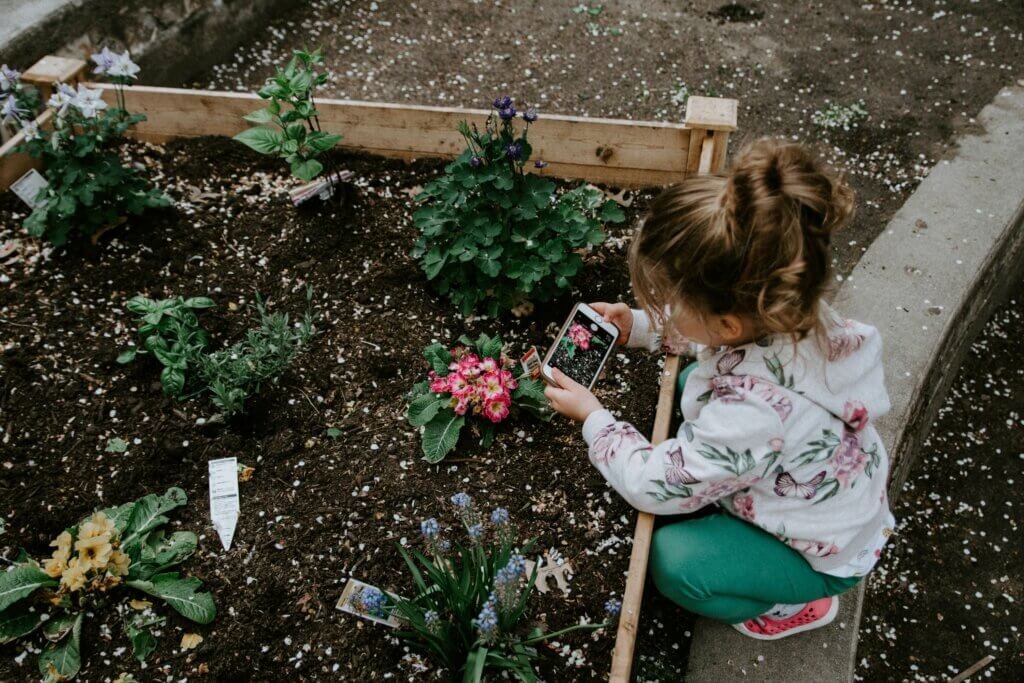
Utilizing Vertical Gardening
Build a vertical garden structure
Vertical gardening is an excellent way to maximize space in your meditation garden, especially if you have limited ground area. Build a vertical garden structure using materials like pallets, trellises, or shelving units. This allows you to grow a variety of plants vertically, adding depth and visual interest to your garden while utilizing limited floor space.
Use hanging planters or shelves
Hanging planters or shelves are another great option for vertical gardening. They can be suspended from trees, walls, or pergolas, allowing you to grow plants at different heights. Hanging planters and shelves also provide flexibility in terms of rearranging and swapping out plants, ensuring that your meditation garden remains vibrant and visually appealing.
Train climbing plants on walls or fences
If you have walls or fences surrounding your garden, consider training climbing plants to grow on them. Climbing plants such as ivy, clematis, or climbing roses can create a lush and green backdrop for your meditation space. Be sure to provide support for the plants to climb, and prune them regularly to maintain their desired shape and size.
Adding Lighting
Install garden lighting
Installing garden lighting will allow you to enjoy your meditation garden even after the sun sets. Consider installing pathway lights to illuminate walking paths and highlight key features in your garden. Spotlights can be used to showcase focal points or sculptures, while well-placed uplights can add an ethereal glow to trees or tall plants.
Use solar-powered lights
To minimize energy consumption and reduce your environmental footprint, opt for solar-powered lights in your meditation garden. These lights harness the sun’s energy during the day and automatically illuminate your garden at night. Solar-powered lights are easy to install, cost-effective, and provide a soft and ambient glow that enhances the overall tranquility of your space.
Incorporate string lights for a cozy ambiance
String lights can add a touch of enchantment and create a cozy ambiance in your meditation garden. Hang them across seating areas, wrap them around trees, or drape them along trellises to create a warm and inviting atmosphere. Choose soft white or warm yellow lights to create a soothing glow that complements the natural beauty of your garden.
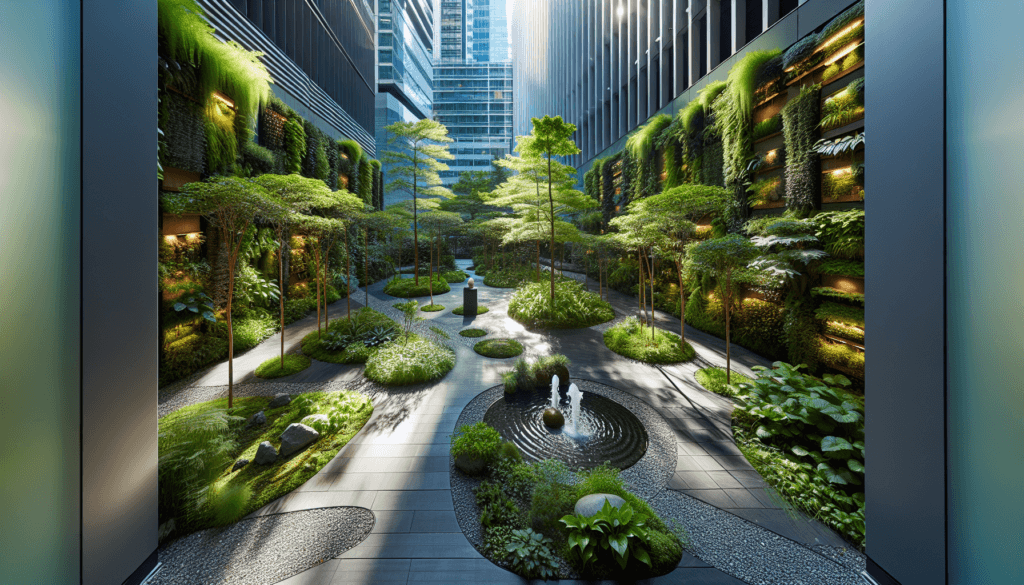
Maintaining the Garden
Regular watering and fertilizing
To ensure the health and vibrancy of your plants, it’s essential to establish a regular watering and fertilizing routine. Water your plants deeply and regularly, taking into consideration their individual needs and the local climate. Fertilize your plants as recommended, using organic options whenever possible to minimize chemical exposure and promote sustainable gardening practices.
Pruning and trimming
Pruning and trimming your plants is necessary to maintain their shape, health, and overall aesthetic appeal. Regularly inspect your plants for any dead or damaged branches and remove them promptly. Trim back overgrown plants to promote healthy growth and maintain a neat appearance. Pruning also allows for better airflow and sunlight penetration, reducing the risk of diseases.
Weed control and pest management
Weed control and pest management are important aspects of maintaining a healthy meditation garden. Regularly inspect your garden for weeds and promptly remove them to prevent competition for resources. Implement organic pest control methods such as companion planting, introducing beneficial insects, or using neem oil to minimize the presence of pests and reduce the need for harsh chemicals.
Enjoying the Space
Practice meditation and mindfulness
Now that your meditation garden is complete, take the time to fully embrace and enjoy the space. Practice meditation and mindfulness in this serene environment, allowing yourself to find peace and clarity. Whether it’s sitting in quiet contemplation, practicing yoga, or simply observing the beauty around you, make the most of your meditation garden’s calming and rejuvenating qualities.
Create a comfortable sitting area
To fully enjoy your meditation garden, create a comfortable sitting area where you can relax and unwind. Choose weather-resistant cushions or outdoor furniture that provides ample support and comfort. Enhance the seating area with pillows, blankets, or a cozy rug to create a warm and inviting space that encourages relaxation and introspection.
Spend time observing the wildlife
One of the joys of having a meditation garden is observing the wildlife that it attracts. Take the time to appreciate the birds, butterflies, and other creatures that visit your garden. Set up bird feeders or birdbaths to encourage their presence and provide them with food and water. Cultivating a harmonious relationship with nature can significantly enhance the overall meditative experience.
